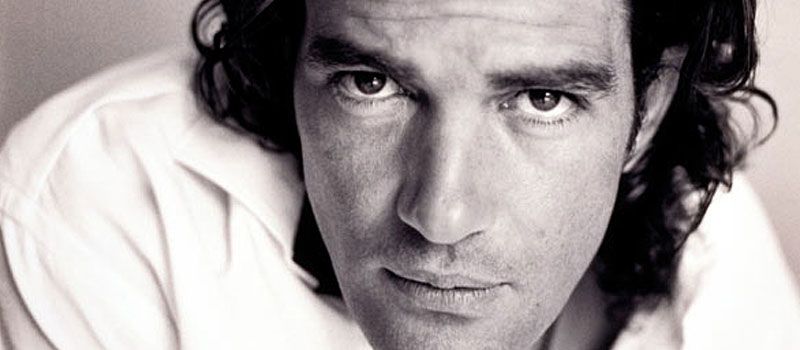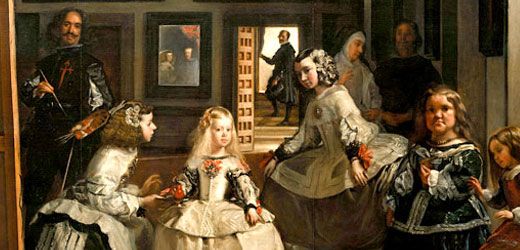Spanish Photography | donQuijote
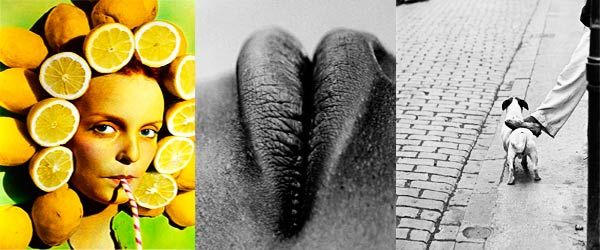
Art and culture abound in Spain. However, photography is still sometimes forgotten. This is a pity since Spanish photography possesses some exceptional photographers as well as an internationally recognized photo exhibition called "PhotoEspaña. Tourism-wise, photography is also very popular in Spain. This is partly due to the many views and varied landscapes that make photography so interesting. Spain is a true source of inspiration for photographers and those interested in photography.
- Spanish photography began on Nov. 10, 1839 when 'Ramón Alabern y Casas' took the very first photograph in Barcelona, Spain.
- 'Chema Madoz' is a well-known Spanish photographer of this century. His style is characterized by surrealistic black and white photographs of everyday objects that he tries to capture in a curious and amazing way.
- 'PhotoEspaña' is one of the most famous international photo exhibitions in the world with more than 600,000 visitors each year.
To fully understand the photography of Spain requires a dive into history. This begins early in the year of1826 when Frenchman "Joseph Nicéphor Niépce" invented the process of heliography. Heliography means drawing with the sun. It is a process in which a copper plate is smeared with light-sensitive asphalt in a camera obscura that then captures sunlight and projects it onto the plate. This produced the very first photograph in history. This photograph was taken from the window of his study and has an overall exposure time of up to 8 hours! In the year 1829, 'Joseph Nicéphor Niépce' came into contact with 'Louis Daguerre' and from then on photography made real leaps and bounds.
t is therefore safe to say that the beginnings of photography are due to them. When 'Joseph Nicéphor Niépce' died in 1833 'Louis Daguerre' continued his experimentation and with success! So in August of the year 1839 he presented his invention for the first time: daguerreotype. Daguerreotype is a method in which you have developed a photograph within only half an hour. Using this method, "Louis Daguerre" also created his first self-portrait. The daguerreotype method was first used in Spain on November 10, 1839 by 'Ramón Alabern y Casas' in Barcelona. It is a photograph depicting the buildings 'La Lonja' and the house 'Xifré'. Eight days later, a second daguerreotype was made in Madrid of the Royal Palace.
Over the years, thanks to many developments in photography, several styles of photography have emerged. These developments have also come through in Spain. An example of a photography style of the last century can be seen in the well-known Spanish photographer Chema Madoz. His photography style is best known for his surrealistic black and white photographs and focus on photographing objects from everyday life. His photographs are original and give the viewer a curious and amazing look at these objects. One of his most famous photographs is that of a spoon from which the shadow of a fork is visible. In addition, the photograph depicting a burned match as a liquid thermometer is also very well known.
Besides 'Chema Madoz,' there is another well-known Spanish photographer who takes almost exclusively black and white photographs. Her name is 'Isabel Muñoz' and she mostly represents bullfighters, dancers and parts of the human body in her photographs. Other well-known photographers are "Ramón Masats," "Ouka Leele" and "Kike Calvo," each of Spanish descent and the recipient of several photography awards.
PhotoEspaña
Some of these awards are presented at the international festival "PhotoEspaña. For example, in recognition of the contribution and development of photography by Spanish photographers, there is the "Bartolomé Ros Award. This festival annually showcases photography and fine art. It takes place in Madrid during the months of June and July and attracts more than 600,000 visitors each year. The festival is known as one of the most prestigious international venues for the representation of photography. The heart of the exhibition is located around "Paseo de la Castellana," but there are exhibits throughout the city. In total, more than 74 exhibits can be found during this period in various museums such as 'Museo Nacional Centro de Arte Reina Sofía,' 'Museo Thyssen-Bornemisza' and 'Círculo de Bellas Artes. 'PhotoEspaña' has an overarching theme each year in which all the exhibitions together showcase the latest trends in the world of photography and visual arts to the public and to subject matter experts.
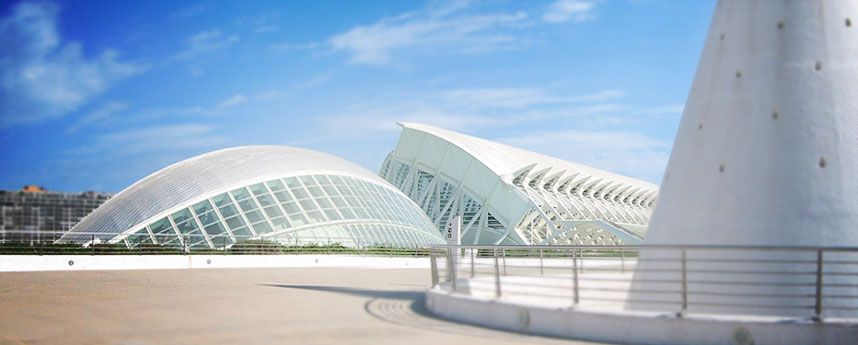
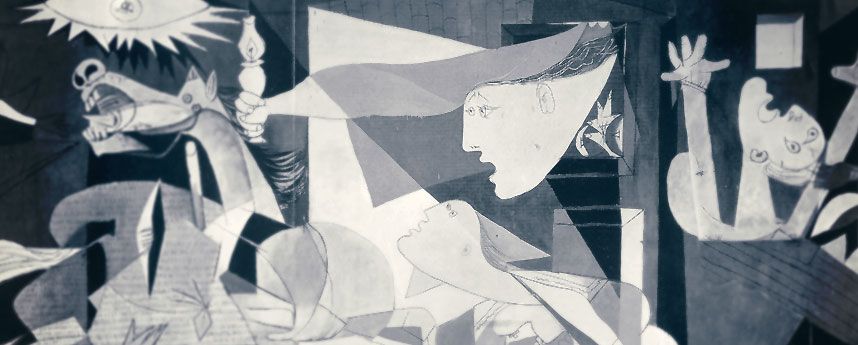

 1. San Sebastián International Film Festival
1. San Sebastián International Film Festival 2. Huelva Ibero-American Film Festival
2. Huelva Ibero-American Film Festival 3. Festival de Málaga de cine español
3. Festival de Málaga de cine español 4. Festival Internacional de Cine Ciudad de Las Palmas de Gran Canaria
4. Festival Internacional de Cine Ciudad de Las Palmas de Gran Canaria 5. Festival Internacional de Cinema Jove
5. Festival Internacional de Cinema Jove 6. Festival Mujeres de Cine
6. Festival Mujeres de Cine 7. Festival de Cans de Cortometrajes (Cans Short-Film Festival)
7. Festival de Cans de Cortometrajes (Cans Short-Film Festival) 8. Semana Internacional de Cine de Valladolid (SEMINCI)
8. Semana Internacional de Cine de Valladolid (SEMINCI) 9. Sitges Festival Internacional de Cinema Fantastic (Sitges International Fantasy Film Festival)
9. Sitges Festival Internacional de Cinema Fantastic (Sitges International Fantasy Film Festival) 10. Notodofilmfest.com
10. Notodofilmfest.com











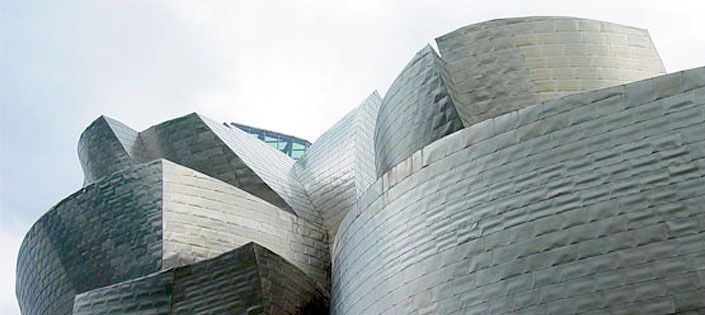
 1. Fundación Joan Miró - Barcelona
1. Fundación Joan Miró - Barcelona 2. Museo de Bellas Artes - Seville
2. Museo de Bellas Artes - Seville 3. Museo de Bellas Artes - Valencia
3. Museo de Bellas Artes - Valencia 4. Museo Guggenheim - Bilbao
4. Museo Guggenheim - Bilbao 5. Museo Nacional Centro de Arte Reina Sofia (MNCARS) - Madrid
5. Museo Nacional Centro de Arte Reina Sofia (MNCARS) - Madrid 7. Museo Nacional del Prado - Madrid
7. Museo Nacional del Prado - Madrid 8. Museo Picasso - Barcelona
8. Museo Picasso - Barcelona 9. Teatro-Museo Dalí - Figueres
9. Teatro-Museo Dalí - Figueres  10. Thyssen-Bornemisza Museum - Madrid
10. Thyssen-Bornemisza Museum - Madrid